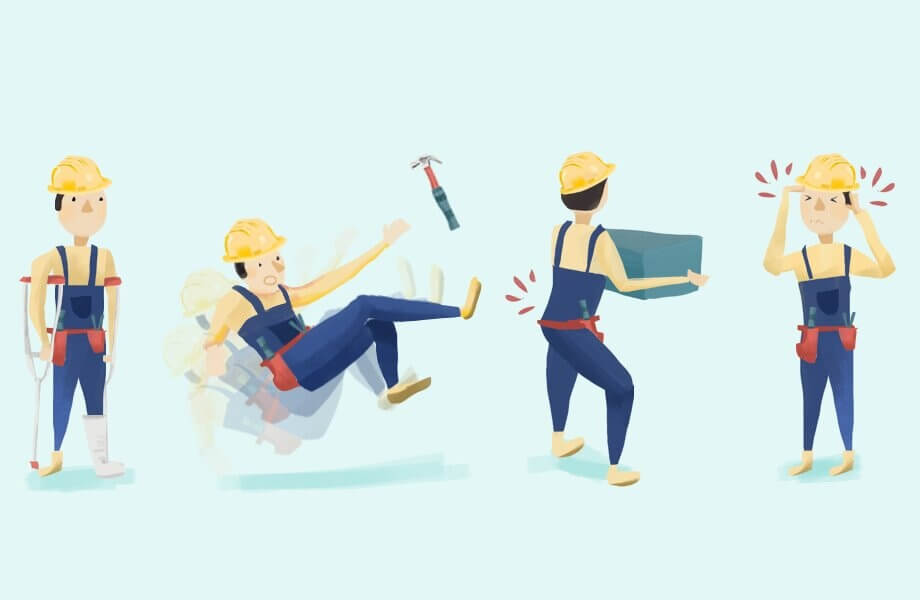Workers’ compensation insurance is a non-negotiable in the construction industry—and, as an employer, it’s important to understand all things workers’ comp. And if your business operates in the state of California? That means understanding workers’ compensation dual wage classifications.
Dual wage classifications are used to determine workers’ compensation premiums—and understanding how to classify your employees based on their regular hourly wage is a must to ensure you’re keeping proper records and paying the right premiums for your team.
But what, exactly, is the dual wage classification system? What do you, as an employer, need to understand about it? And what are the separate classifications for different types of construction workers with different compensation rates?
What Are Dual Wage Classifications?
Different types of jobs have different classifications for workers’ compensation purposes; the classifications help insurers determine how much an employer should pay in workers’ compensation premiums for their employees.
But in construction, many of those classifications are broken down into two wage classes based on the employee’s wage rates: low wage and high wage. These separate classifications are what’s known as dual wage classifications.
How Are Wage Classes Determined?
Each construction class has a certain wage threshold, set by the California Workers’ Compensation Insurance Rating Bureau (WCIRB), for determining whether an employee should be categorized as low wage or high wage; if the employee’s regular hourly rate falls above that threshold, they’re considered high wage. If it falls below the threshold? They’re categorized as low wage.
Generally, higher wage employees have lower workers’ comp premiums, even when they’re doing the same kind of work; this is because workers that demand a higher wage generally have more experience than their lower wage counterparts—and, as such, are less likely to get injured or have to file a workers’ comp claim.
But in the case of a workers’ compensation audit, in order to classify a worker under the high wage classification (and qualify for lower premiums), you need to be able to verify their total number of hours worked through payroll records and time cards (that not only show the total hours worked, but also start times, end times, and any meal times or breaks). If you don’t have the documentation to back up your employees’ total number of hours worked (and can prove that their hourly wage falls above the threshold), they’ll automatically be classified as low wage—and you may find yourself facing a hefty bill from your workers’ comp insurance services provider.
Bottom line? If you want to secure the best workers’ compensation premiums, make sure to classify your employees correctly—and keep impeccable records that back up your classifications.
What Are the Construction Classifications With Dual Wage Thresholds For 2021?
Now that you know what dual wage classification is, let’s cover the current construction classifications, class codes, and hourly wage thresholds for the construction industry in California.
(All hourly wage thresholds effective September 1, 2021):
Historical threshold: wcirb-dual-wage-thresholds-5year-2021.pdf
Keep Your Classifications Straight with Hourly
Keeping your classifications straight can be a challenge—particularly when your workers don’t work a set schedule. With Hourly’s all-in-one time tracking, payroll, and workers’ compensation platform, we’ll automatically track your team’s hours, ensure they’re in the proper wage class, and help you get the best workers’ comp rates possible.
Want to learn more about how Hourly can help you better manage your construction business and save money on your workers’ comp insurance? Sign up for a free 14-day trial today!










